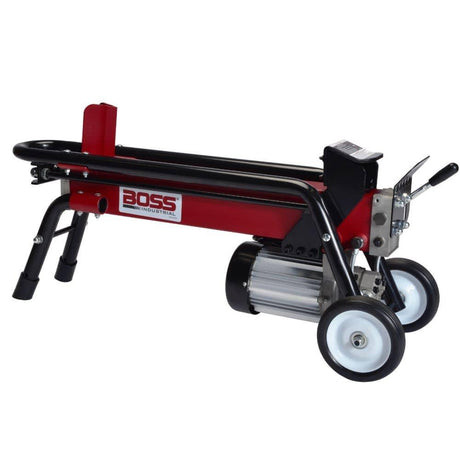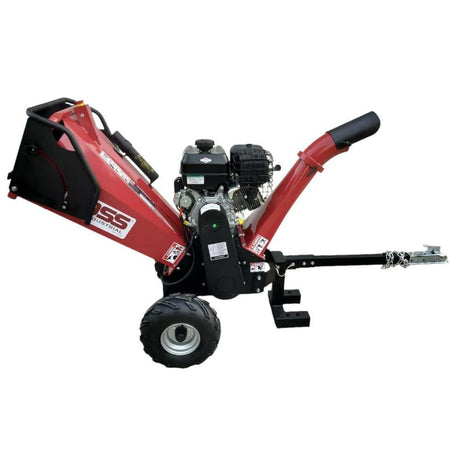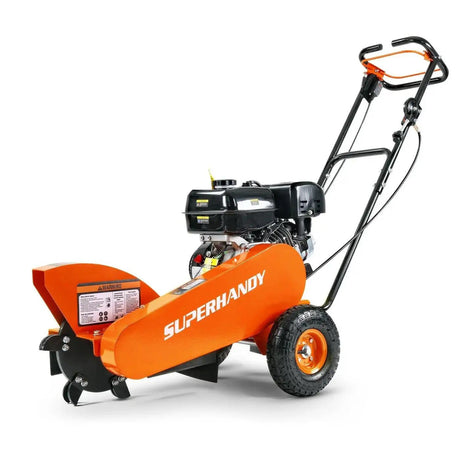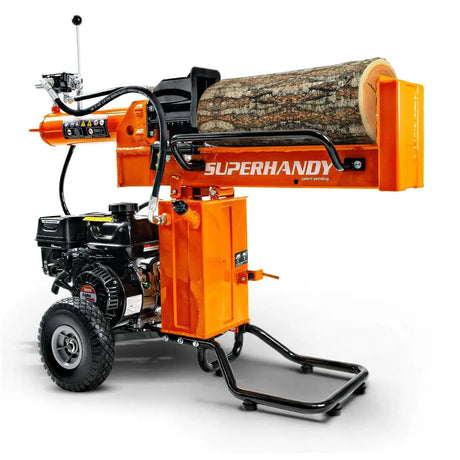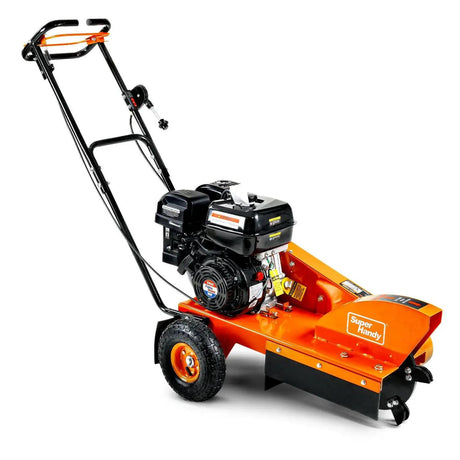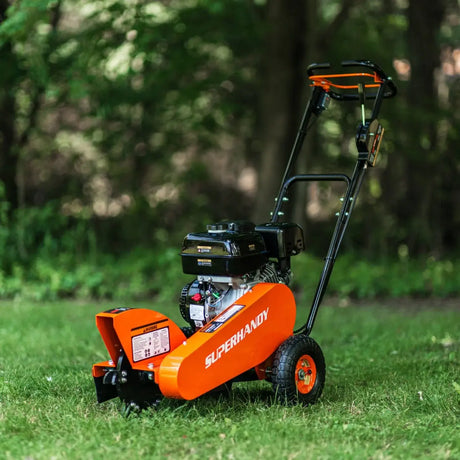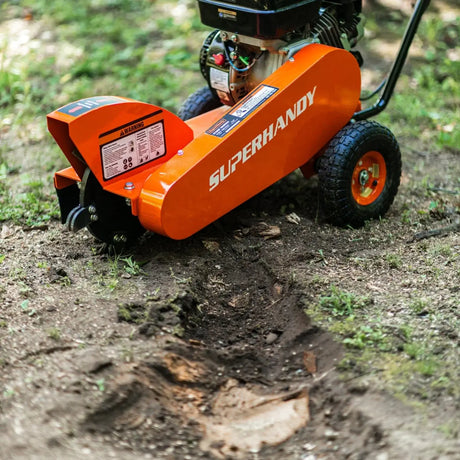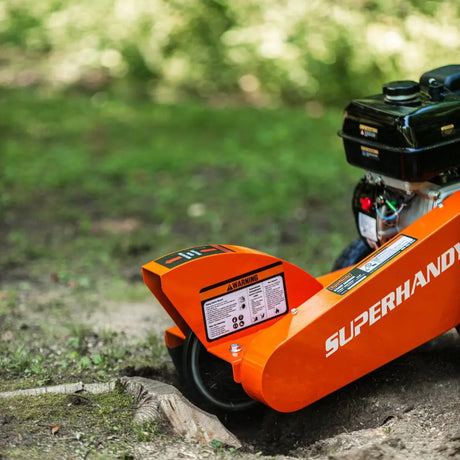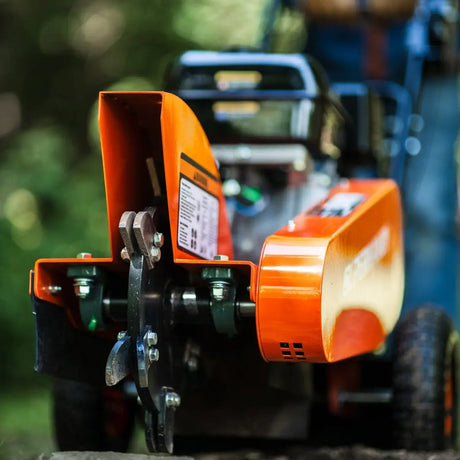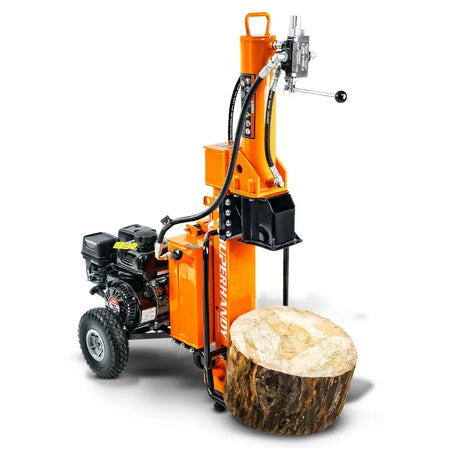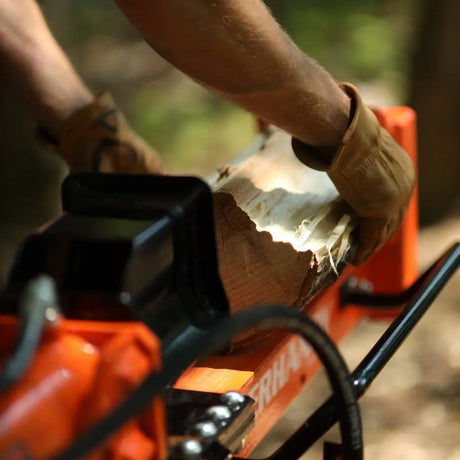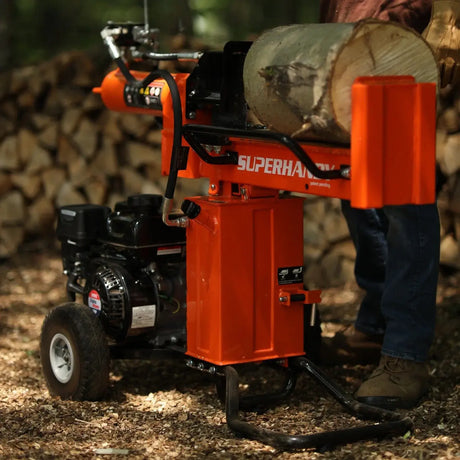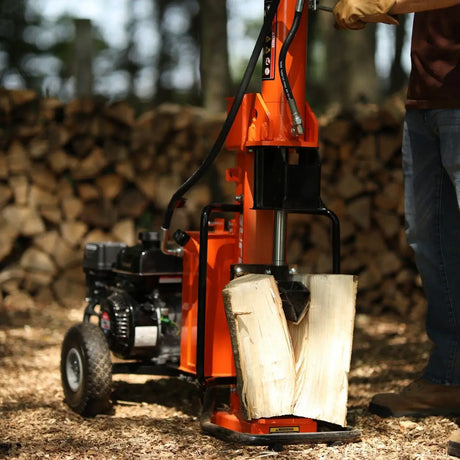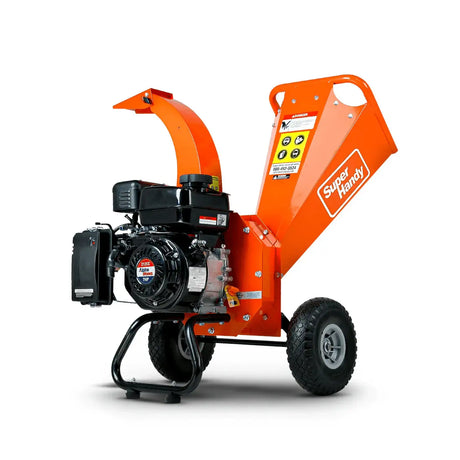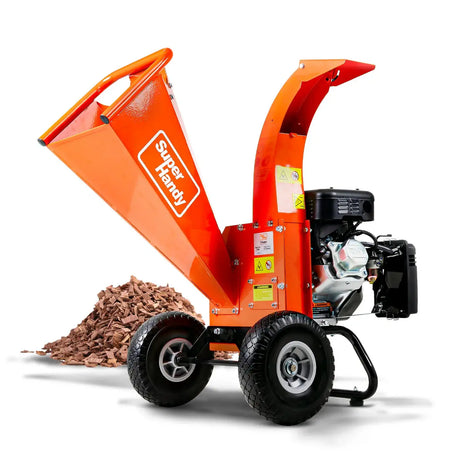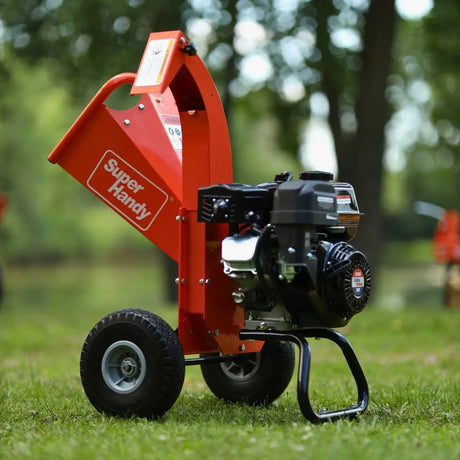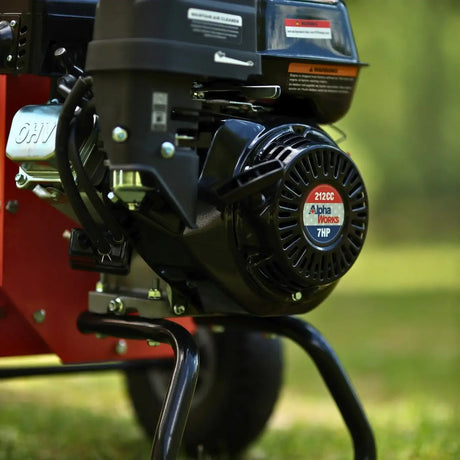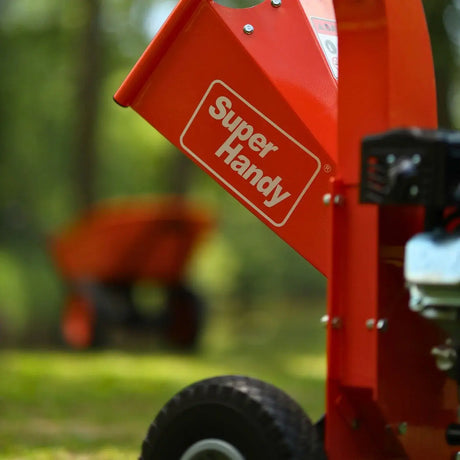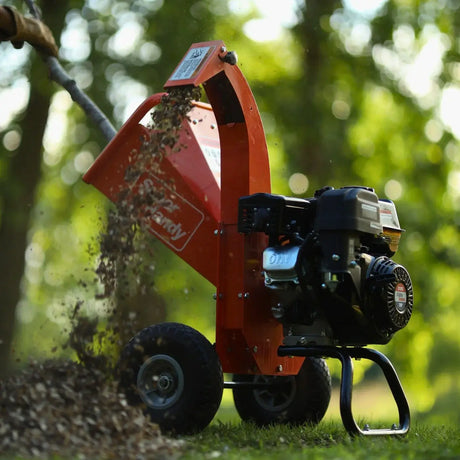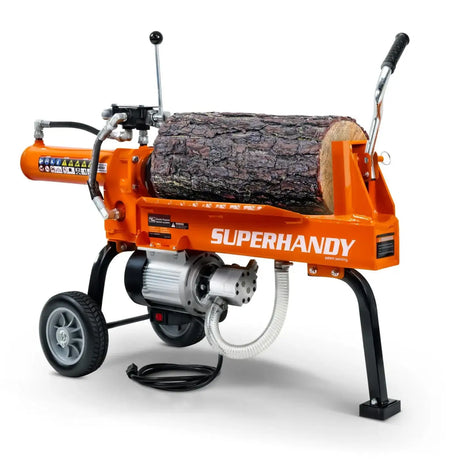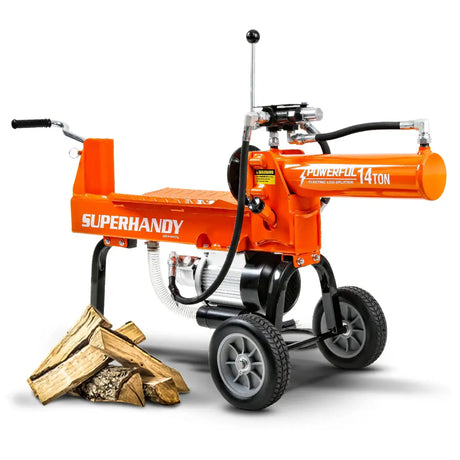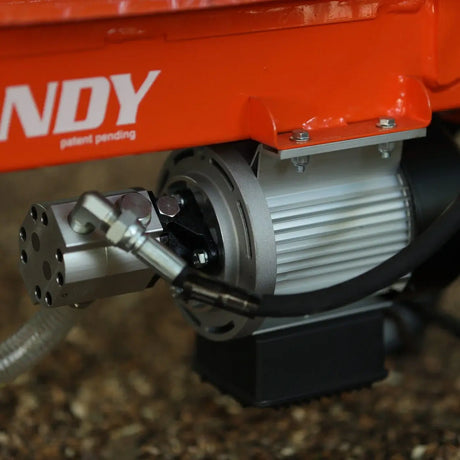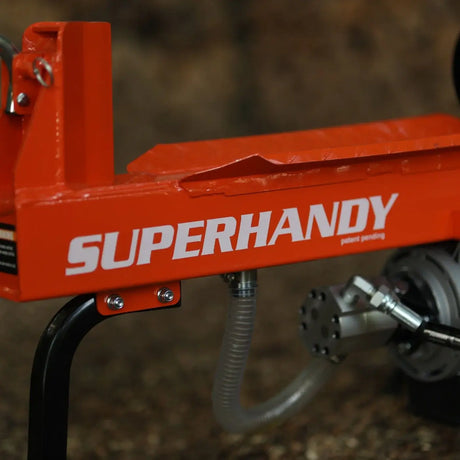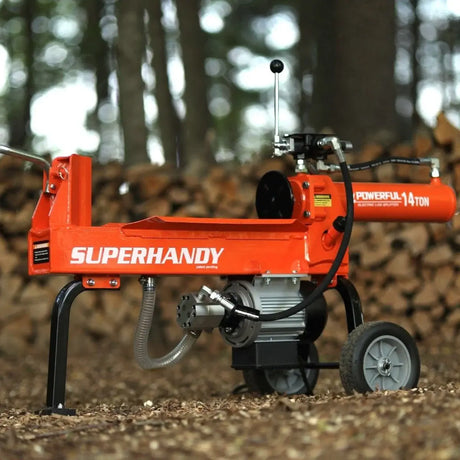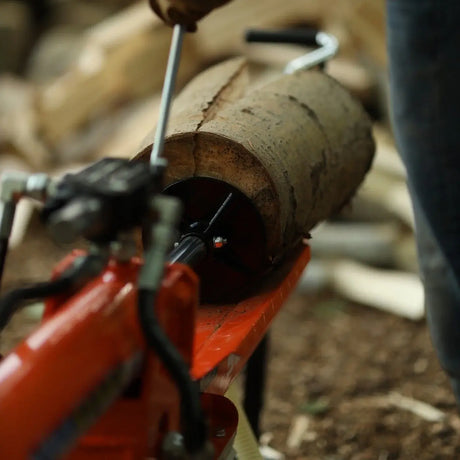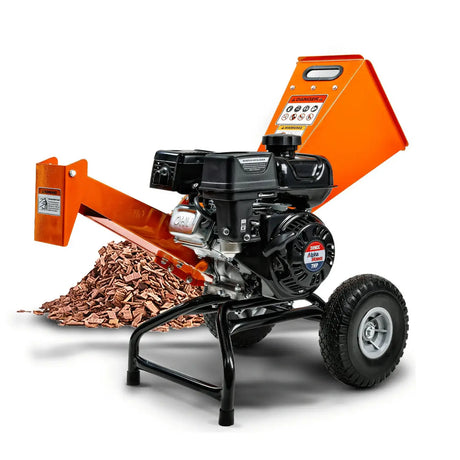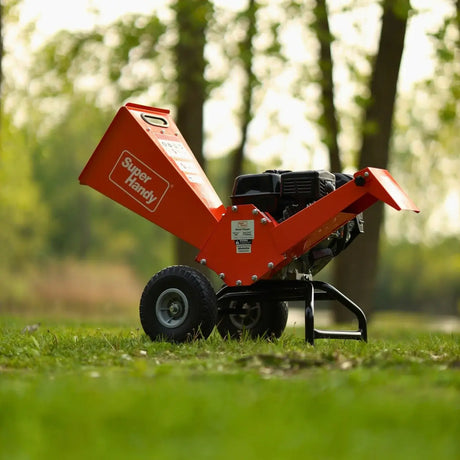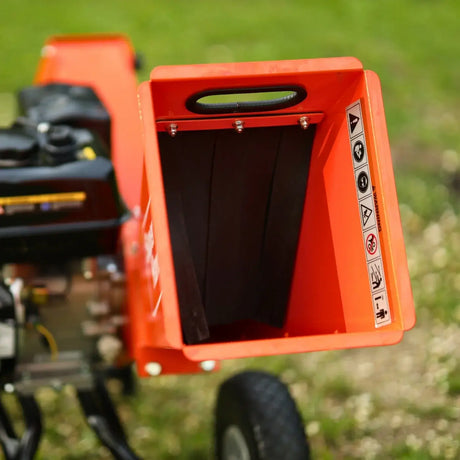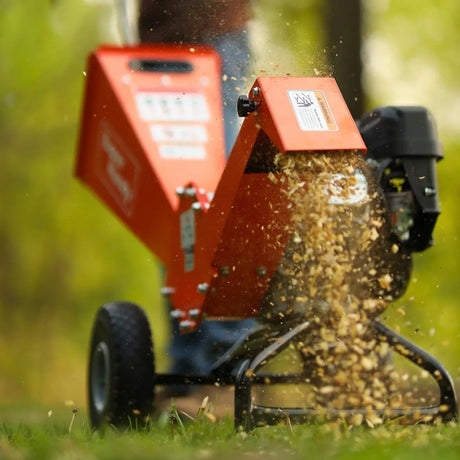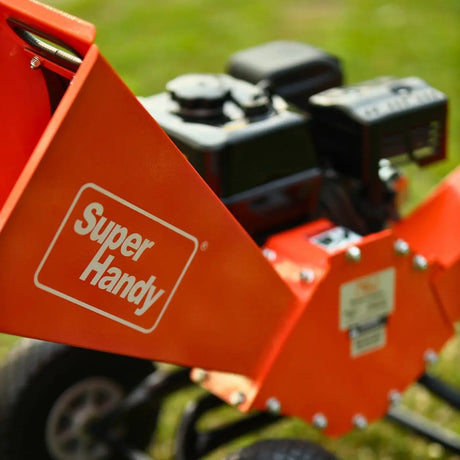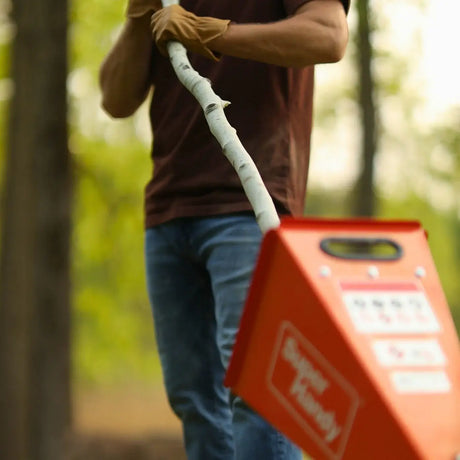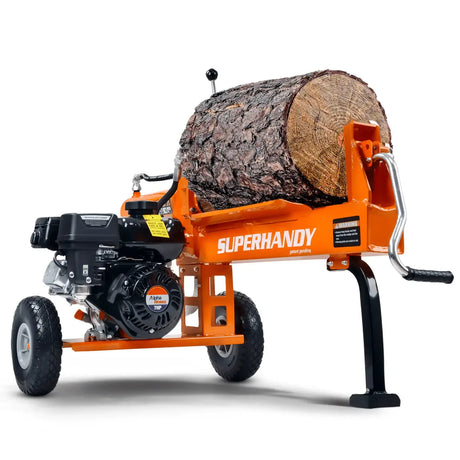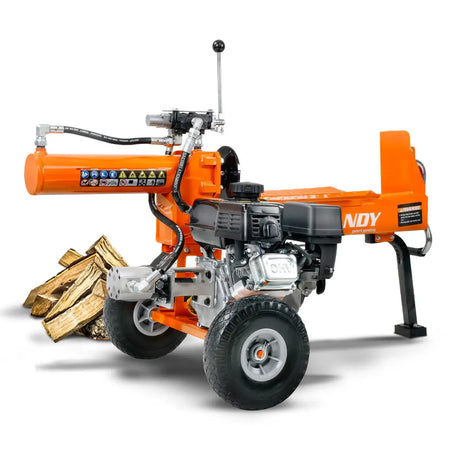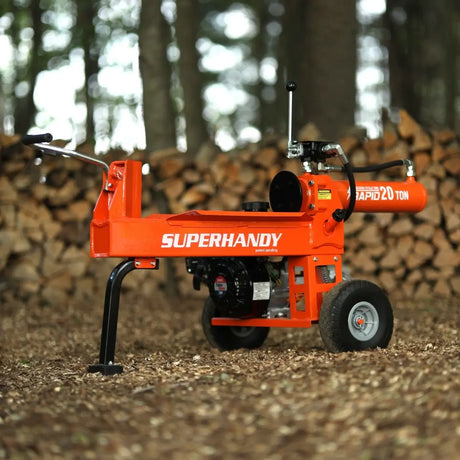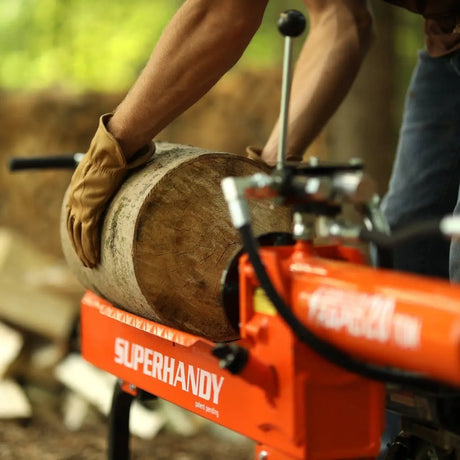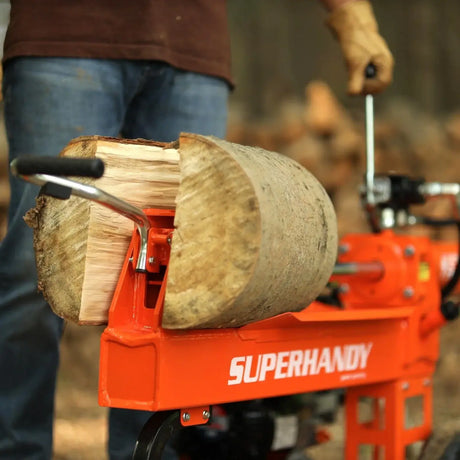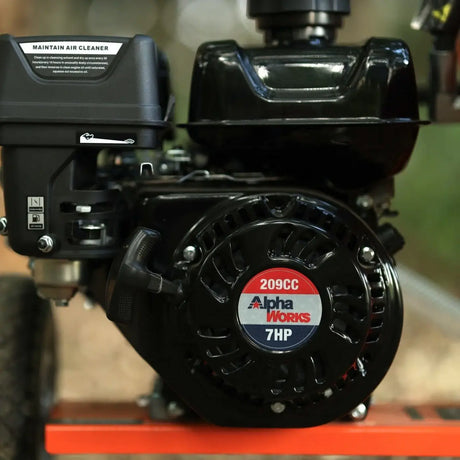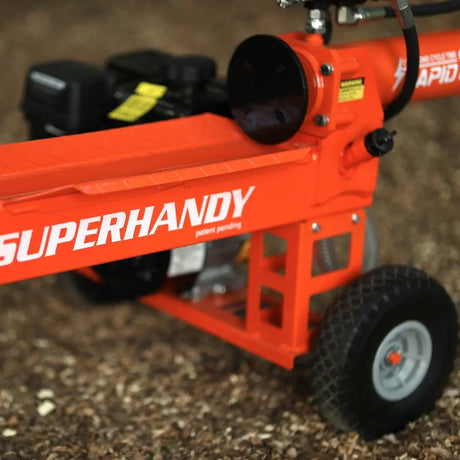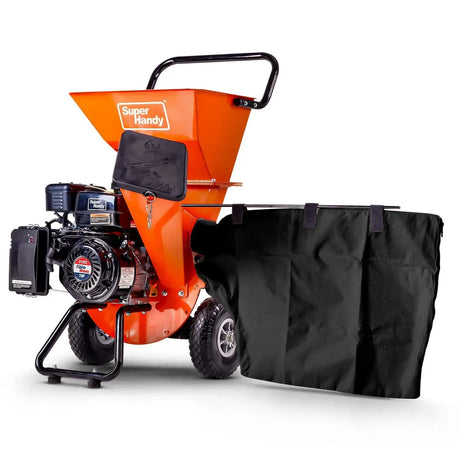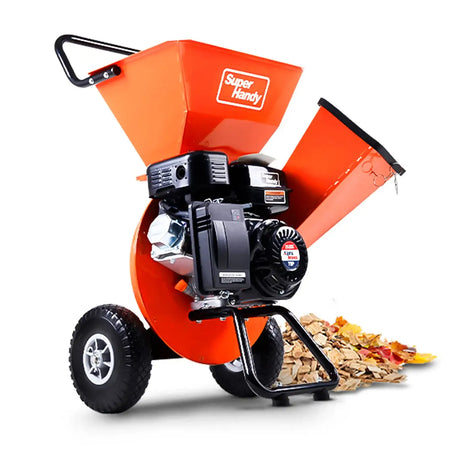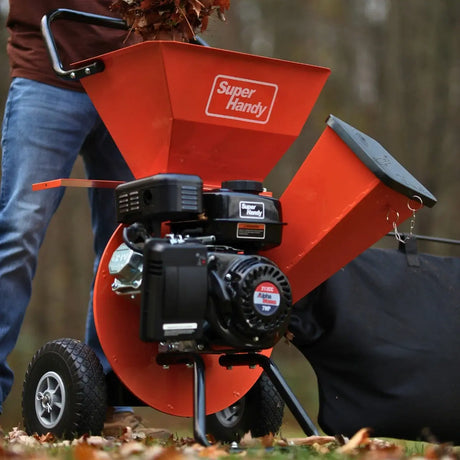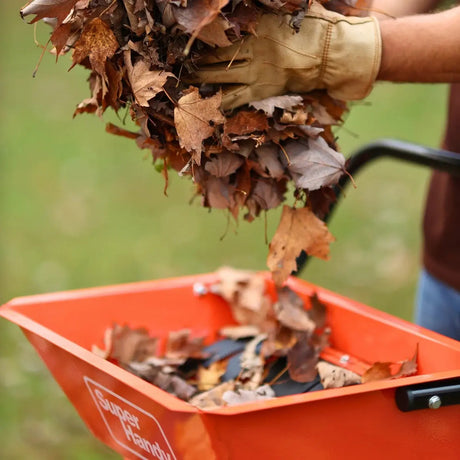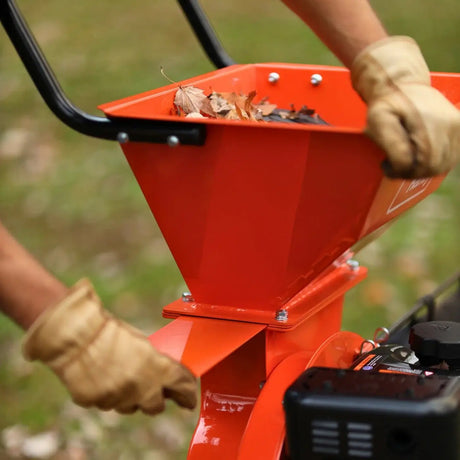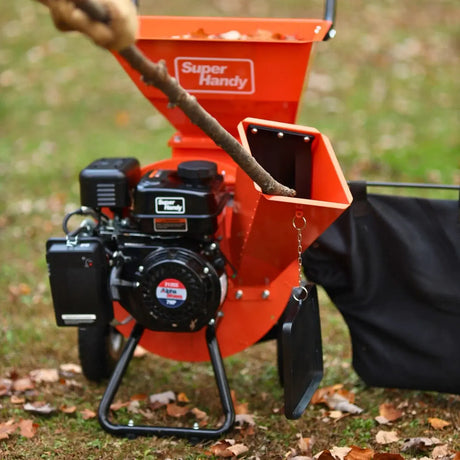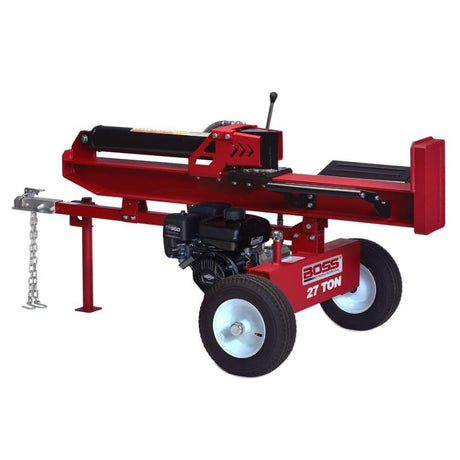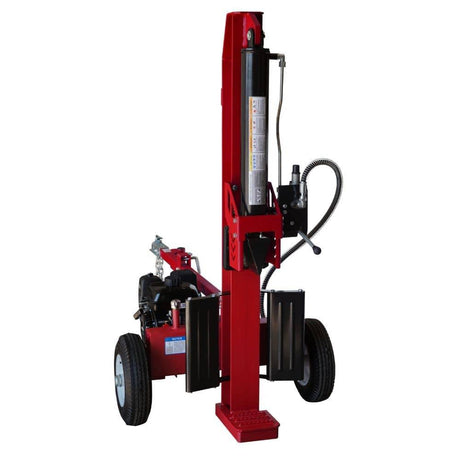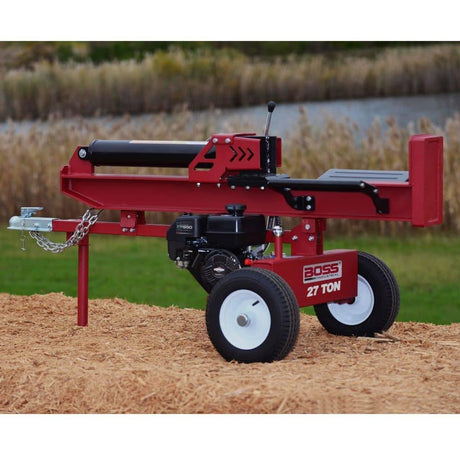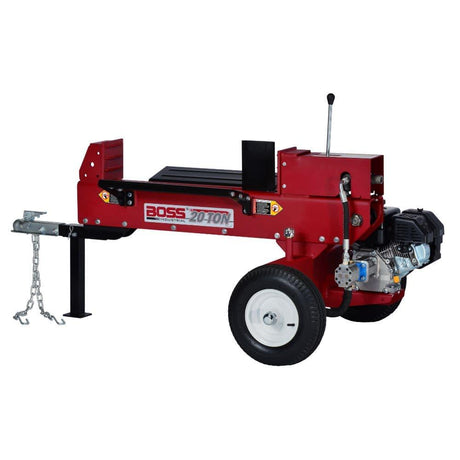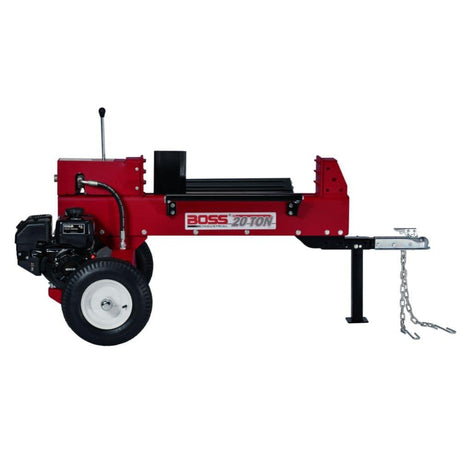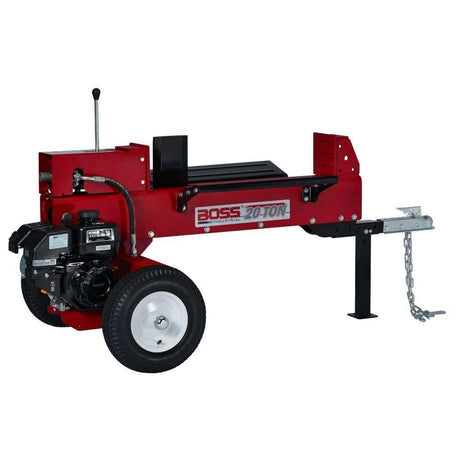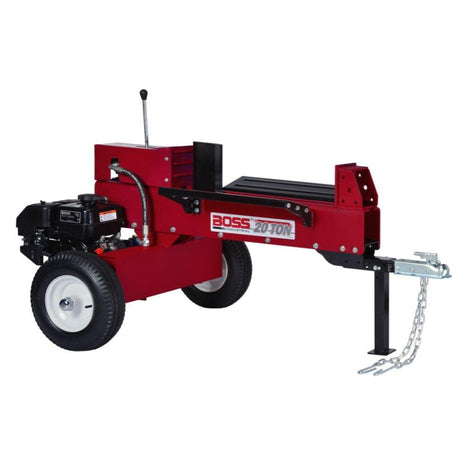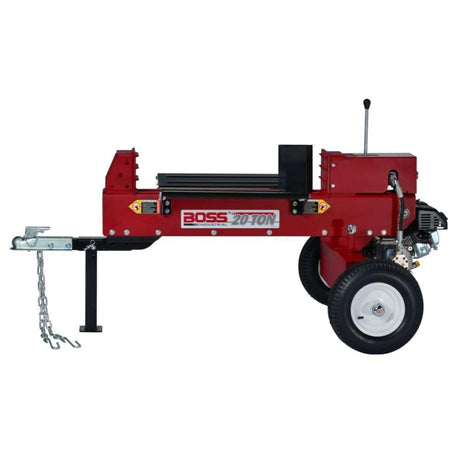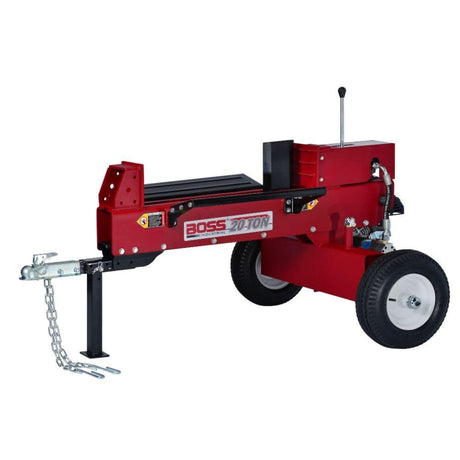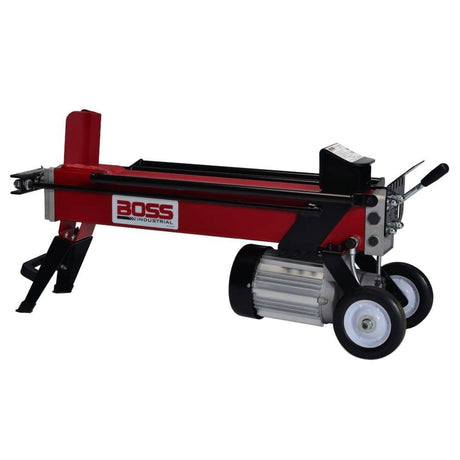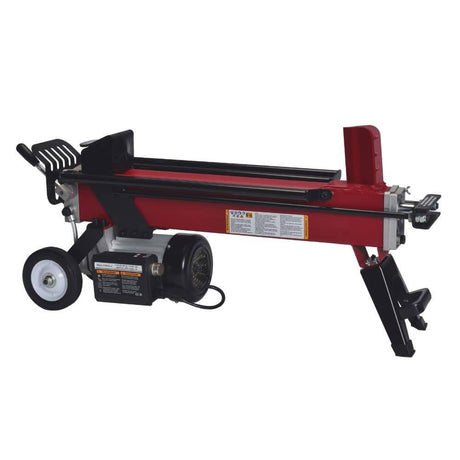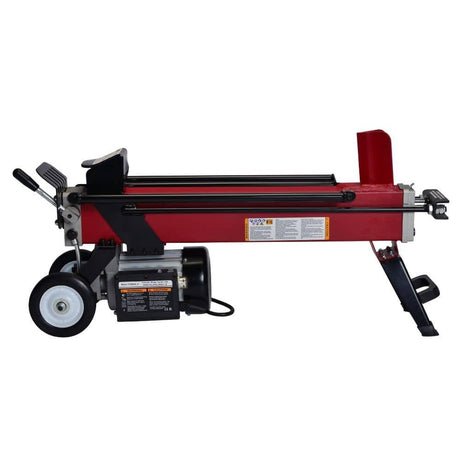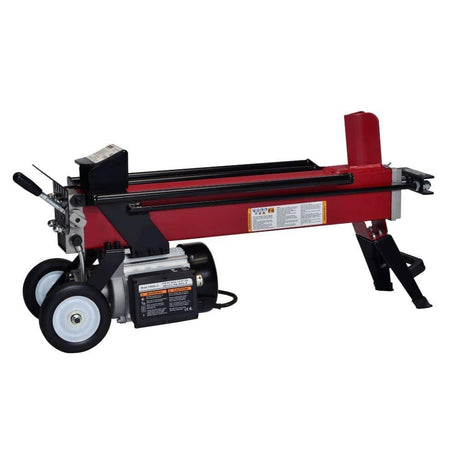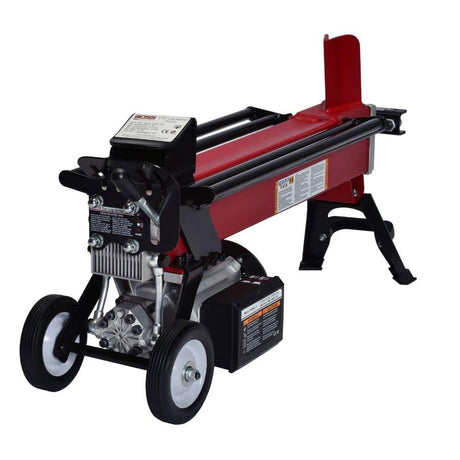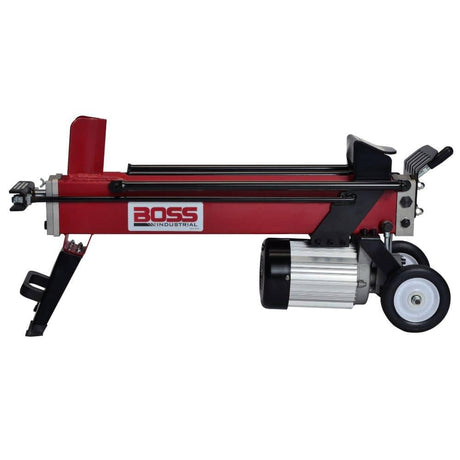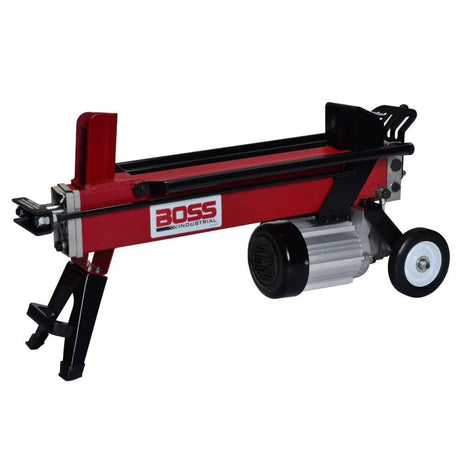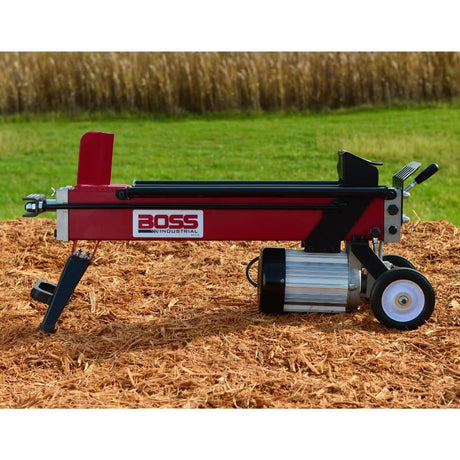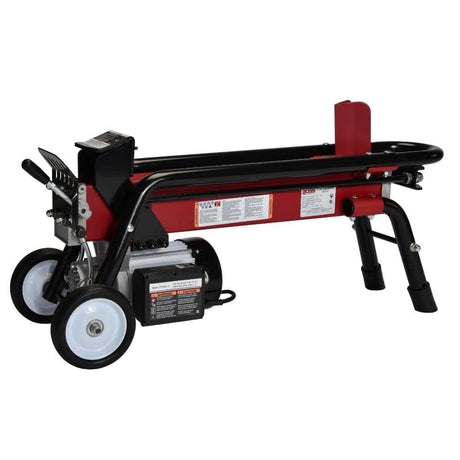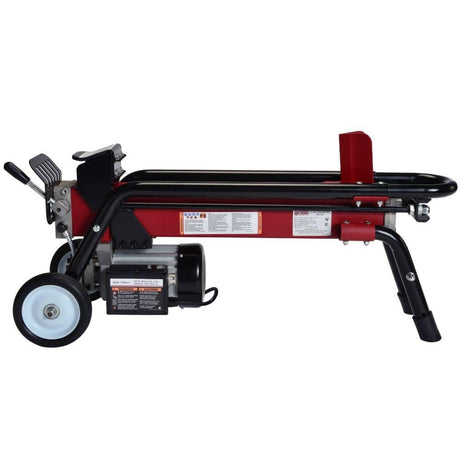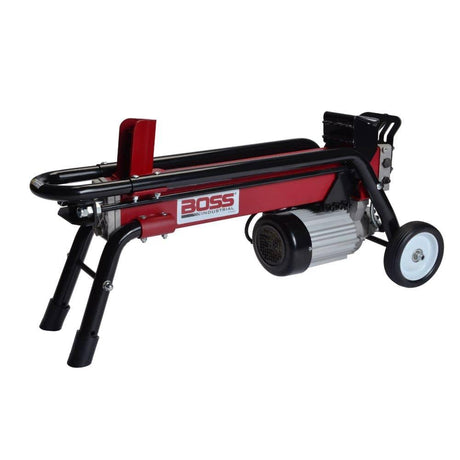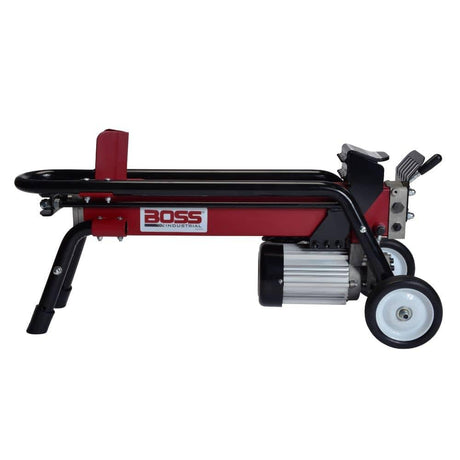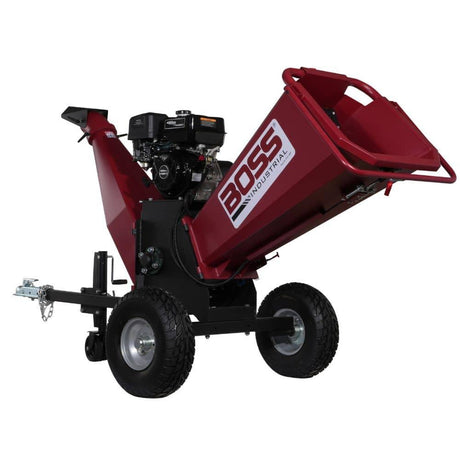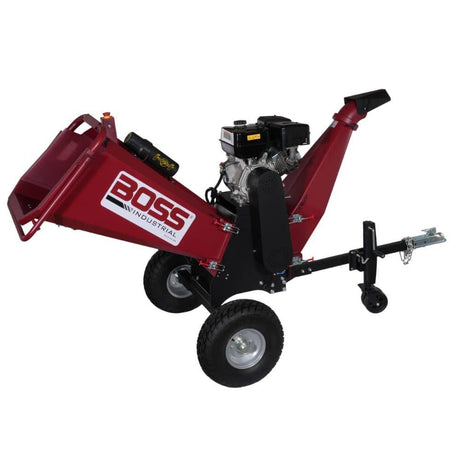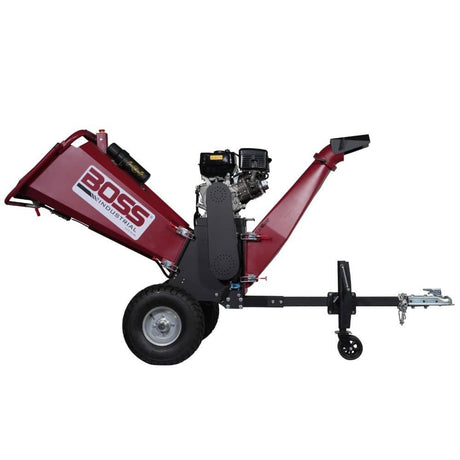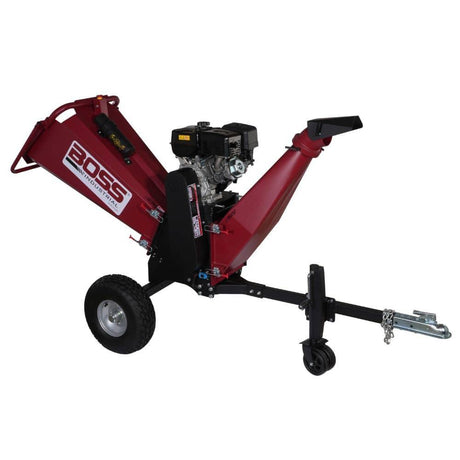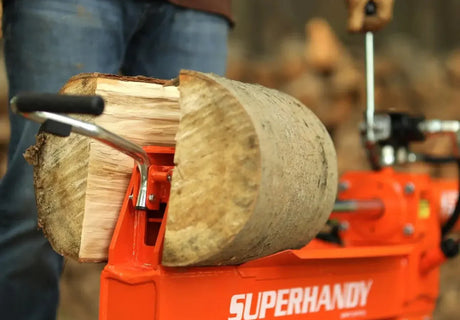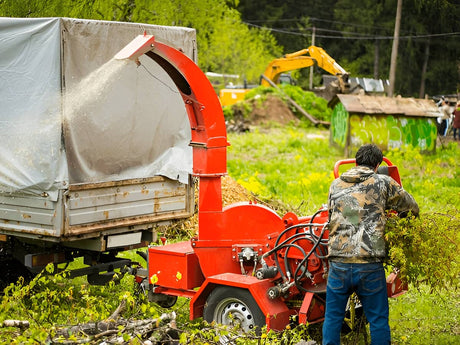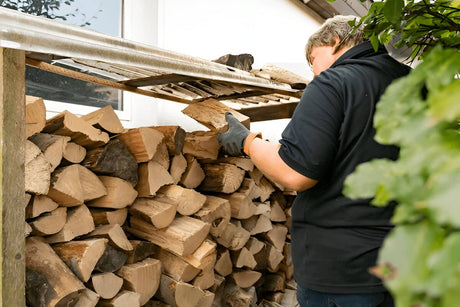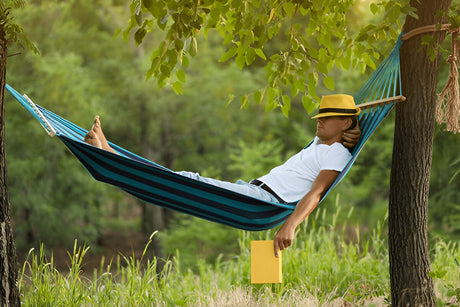Let's be honest-most of us don't dream of spending hours in the yard every weekend. If you want a tidy lawn without the hassle, this lazy homeowner's guide is your shortcut. With the right tools, a smart plan, and a little delegation, you can have a clean, great-looking yard in half the time.
Key Takeaways
- Create a checklist to stay on track and avoid missed tasks.
- Use efficient tools like a leaf blower, wood chipper, and chainsaw to speed things up.
- Automate watering, recycle debris, and don't be afraid to call in the pros when needed.
Make a Checklist
Start simple. Jot down what needs doing-think mowing, trimming, cleaning out garden beds, etc. It clears your head and helps you see the yard cleanup in bite-sized chunks. Many homeowners skip this step and end up doing double the work.
Bonus tip: walk your yard before you start. Spot the big stuff like broken branches or rogue weeds. Having a plan saves time and avoids the "where do I start?" moment.
Gather Essential Tools
There are a few things every homeowner should keep handy. Here's your basic lazy-day toolkit:
- Gloves - to avoid blisters and thorns.
- Rake & shears - for grass, weeds, and trimming.
- Trash bags or a bucket - for collecting debris fast.
- Garden clippers - for smaller branches and native plants.
- Sunscreen and water - yes, hydration and sun protection matter.
Having your tools in one spot saves hours of frustration.
Clear Obvious Trash First
Don't overthink it-start with what you can see. Pick up trash, plastic, broken pots, or toys. Remove any fallen branches or sharp objects. It instantly makes your yard look better and sets the stage for faster mowing and trimming.
It also keeps pests and insects from moving in. Plus, no one likes stepping over a soggy pizza box from last spring.

Use Efficient Tools
Here's where the lazy homeowner's guide really shines-let your tools do the heavy lifting.
Leaf Blower
A leaf blower can clear a yard in minutes, not hours. Use the highest setting for hard surfaces like walkways and patios. Many homeowners use it to blow leaves into a tarp for easy disposal. Way faster than raking.
Wood Chipper
Branches piling up? Don't drag them to the curb-run them through a wood chipper. Learn more about how different models work and what to look for in our Complete Wood Chipper Buying Guide. You'll reduce volume and get mulch for your garden beds. Less waste, more nutrients, cleaner yard. It's lawn care efficiency at its best.
Chainsaw
For big limbs or storm cleanup, a chainsaw is gold. It slices through fallen trees fast and preps wood for fire pits or compost piles. Just make sure to wear safety gear and work with care-chainsaws aren't toys.
If you're clearing branches after a storm, check out our cleanup tips in The Easiest Way to Get Rid of Branches After a Storm.
Delegate Tasks
You don't have to do it all. If you've got kids, pets, or housemates, turn yard work into a group effort. Assign small tasks-pulling weeds, trimming garden edges, or pushing a mower.
Tired of the hassle? Hire help. Professional lawn care teams or volunteers can handle larger jobs while you focus on the rest.
Automate Where Possible
Lazy doesn't mean messy-it means working smarter. Automate irrigation with smart sprinklers. They water efficiently and adjust for weather, so you don't waste water or time.
Solar lights, motion-sensor sprinklers, and battery-powered timers help automate yard maintenance without needing wiring or tech headaches.
Recycle and Compost
Turning waste into something useful? Now that's lazy genius.
- Compost leaves, twigs, grass, and veggie scraps. It feeds your soil and saves money on fertilizer.
- Use a wood chipper to convert small branches into mulch for your landscaping or native plants.
- Keep meat and dairy out of your compost bin-those attract pests.
You'll get rich soil for your lawn and garden with almost zero effort.
Mulch and Reseed
After mowing, reseed any bald spots and add mulch around garden beds, trees, or shrubs. It holds moisture, keeps weeds down, and makes the yard look sharp. Use bark mulch or wood chips from your chipper-either works great.
Add clover or creeping thyme in patchy areas for low-maintenance, bee-friendly ground cover. These hardy plants need less water and pesticides, and they'll out-compete weeds without constant mowing.
Schedule Wisely
Don't do yard work in the middle of the day. Aim for early morning or late afternoon to avoid heat and get more done.
Weekends? Great time to knock out bigger projects. Break big jobs into shorter sessions-maybe two hours Saturday, one Sunday. You'll stay productive without burning out.
Hire Professionals When Needed
If you're short on time, energy, or just don't want to deal with the mess, hiring professionals is a smart move. Tree trimming, stump grinding, heavy lifting? Let the pros handle it safely and quickly.
Hiring local landscaping services or junk removal teams also supports your community and helps keep the cleanup eco-friendly. No shame in outsourcing when you've got better things to do.
Summary
The lazy homeowner's guide proves that a neat lawn doesn't have to mean spending your whole weekend in the dirt. Use smart tools, automate when possible, and break tasks into simple steps.
- Checklists keep you organized.
- A leaf blower, wood chipper, and chainsaw save hours.
- Delegating, composting, and scheduling wisely reduce the load.
Work smart, not hard-and enjoy your yard without the stress.
For even more yard efficiency, explore Top 5 Reasons Wood Chippers Are a Must-Have for Rural Properties — it might just change how you clean up forever.
Frequently Asked Questions
What is the first step in cleaning up your yard?
Start with the big stuff-trash, branches, or items that don't belong. It makes everything else easier.
How can I manage fallen leaves during yard cleanup?
Use a leaf blower or a mulching mower. Blowing them into piles for collection or mulching them right into the lawn saves you time.
What should be done with extra plant pots?
Store them in a dry place to protect them from winter cracks. Recycle thin plastic ones or donate extras.
Why should dangerous trees or branches be removed?
They're a safety risk-especially during storms. Better to deal with them now than after they fall on your car or house.
When is the best time to mow, edge, and fertilize the yard?
Early spring through late fall. Mow when the grass is dry, edge clean lines after mowing, and fertilize during the growing season for strong roots and lush growth.


